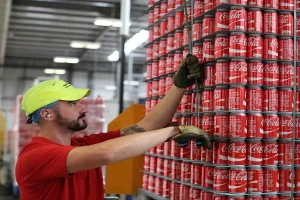
Coca-Cola HBC, the strategic bottling partner of the Coca-Cola company on the island of… Read more »

Coca-Cola HBC, the strategic bottling partner of the Coca-Cola company on the island of… Read more »
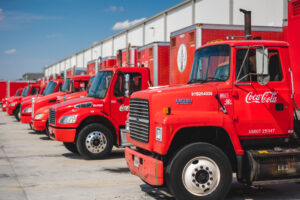
The Ehrhardt Partner Group (EPG) has boosted its reputation with the successful rollout of… Read more »

As part of an on-going programme of digital transformation at its bottling plants, Coca-Cola… Read more »
Coca-Cola Enterprises (CCE) has signed a five-year lease with Logicor for 233,000ft2 of warehouse… Read more »
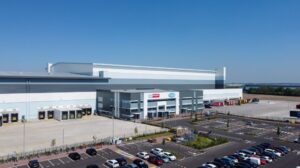
UK discount retailer Home Bargains has officially opened its state-of-the-art automated distribution centre in… Read more »
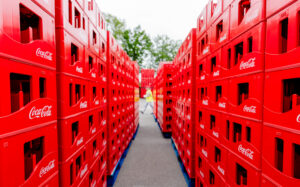
Less waste, lower CO2 emissions, economical use of resources – there are many arguments… Read more »

Southgate Global, formerly known as Southgate Packaging, has announced a repositioning to communicate its… Read more »
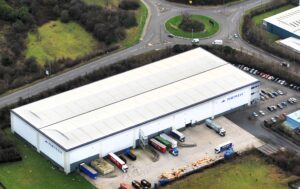
Portwest, a fast-growing online workwear company, has appointed global materials handling specialist Daifuku to… Read more »

A leading end-to-end supply chain consultancy, TMX Global, is expanding into the EMEA market… Read more »
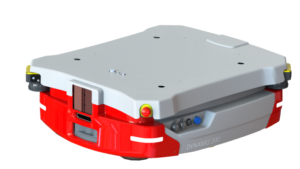
Element Logic will integrate Addverb solutions for AMRs (autonomous mobile robots) into its existing… Read more »
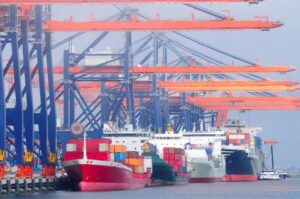
The IPCC’s most recent assessment on the extent to which human activity affects the… Read more »

The UK Warehousing Association (UKWA) has appointed Clare Bottle FCILT as the organisation’s new… Read more »

Panasonic Corporation has agreed to acquire Blue Yonder, a leading end-to-end, digital fulfilment… Read more »

Two new UK forums have been launched to help homeware, garden and DIY manufacturers… Read more »
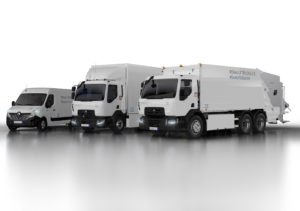
Renault Trucks says it is “taking a comprehensive approach to the challenge of electromobility”… Read more »

BluJay Solutions, a leading provider of supply chain software and services, has highlighted achievements… Read more »
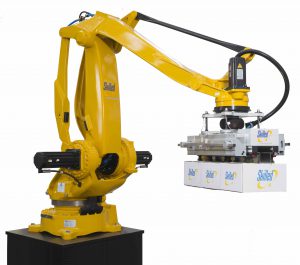
KernPack, distributor of specialist packaging machinery and solutions, has signed an exclusive UK and Ireland… Read more »

As part of its review of supply chain development and efficiency opportunities, representatives of… Read more »

Between 2012 and 2015, LPR, one of Europes leading pallet pooling providers, reduced its… Read more »
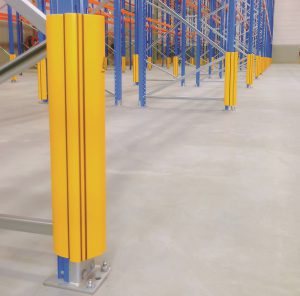
Arman Nobari, a visual designer working in California, said it best: All things are… Read more »
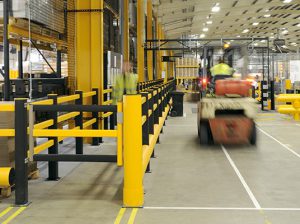
Probably, my mother will never forgive me. Cutting corners, doing things on the cheap,… Read more »